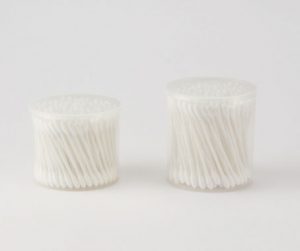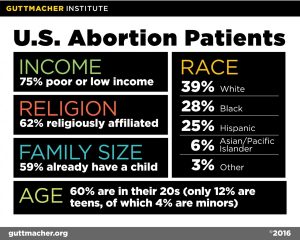The resent class discussion brought up topics on Corporate Social Responsibility (CSR), and many classmates of mine had already incorporated it into their blog posts (Rida Wang’s “The Motivation Behind CSR” and Rehman Ahamed’s “Is the Motivation Behind CSR Profit or Ethics”). They notice that, firms peruse CSR not merely out of ethical concerns but also commercial motivations.
I want to dig deeper into whether or not there exist tradeoffs between these two goals and how firms promote their CSR roles. According to Freeman’s speech on business ethics, the amazing result of creating shared value is that it does NOT require a tradeoff. He stated that the profit of the firms, shareholders and by-standers are seamed together; in striving to be ethical, firms becomes abler to make profits.
Based on this logic, I disagree with Rehman Ahamed is his argument over the necessity of conducting business purely out of compassion. For the same reason, I agree with Rida’s claim that it does NOT matter if the firms’ motives are make profits.
In the article titled “product positioning” we learnt about the importance of effective advertisements in helping firms capturing customers. CSR is not a new thing for firms, and many are using it as a mean to promote sales. For example, H&M followed Dove’s pattern and embarked on the campaign for women. However, H&M’s approach generated negative feedbacks, which criticized H&M’s campaign as “hypocritical, not empowering” (as written in Saskia Bamber, a blogger). She not only reported that H&M reduces cost by exploiting refugee children, she also targeted at its failure in adjusting sizes so that female of all body types fit in.
Bamber’s comment—“H&M makes the sincerity of this representation very hollow” —remind me that merely filming inspiring and compassionate ads do not count toward firms’ CSR. Consumers nowadays are tracking companies’ actions to make sure that they perform according to their claims. In order to really achieve CSR roles, businesses should “emphasize the cause area they are impacting” (Polizzotoo, 2015). Additionally, it is essential for them to publicize the actual benefits brought to the society. For example, after Toyota initiated the “100 Cars for Good” campaign, it kept the public updated with how individuals’ lives are made better, thus inspiring people and welcome them to learn more about the organization.

A successful CRS ad focuses on details
To sum up, the motivation of companies claiming CSR roles is less important than what they actually achieve. In order for their CSR to be effective, they must convince the public through concrete actions.
[word count:415]
TORRANCE, Calif. “Third Annual Toyota 100 Cars For Good Program Continues to Impact Nonprofits’ Work.” TOYOTA. N.p., 13 July 2013. Web.



